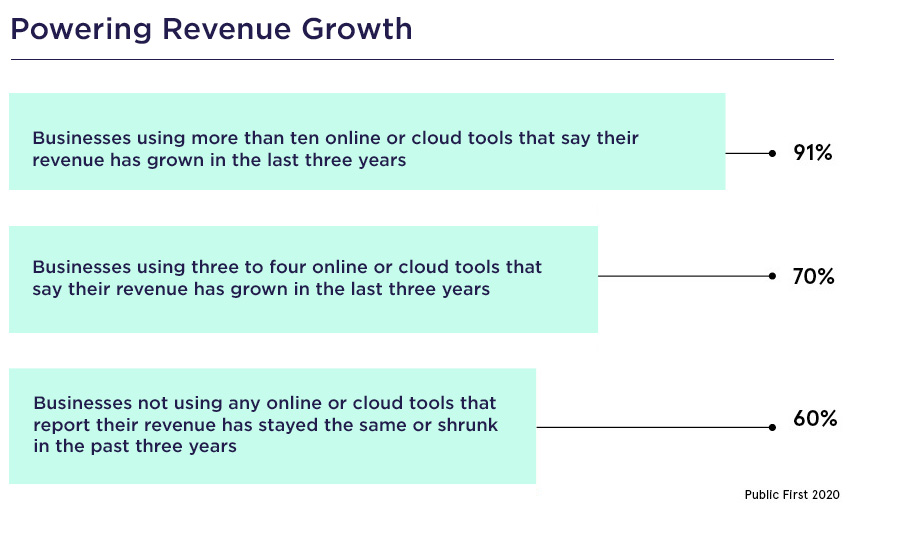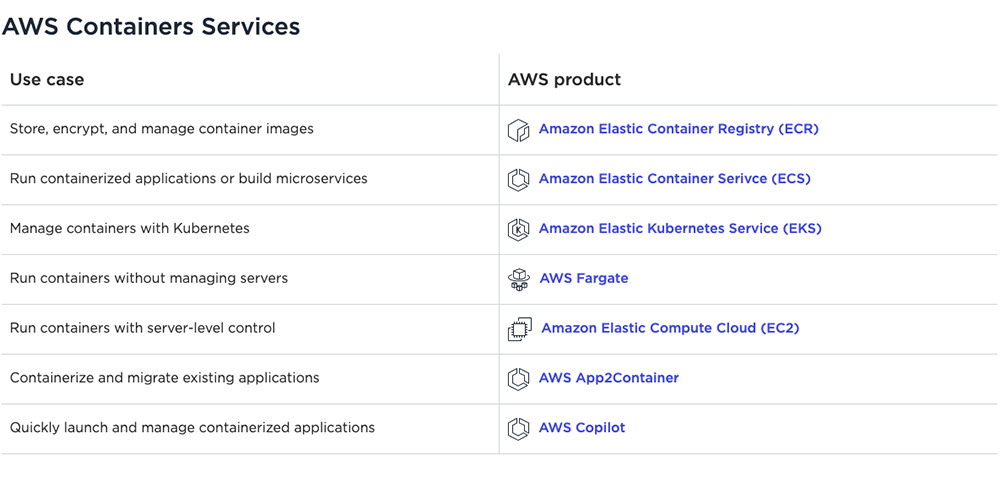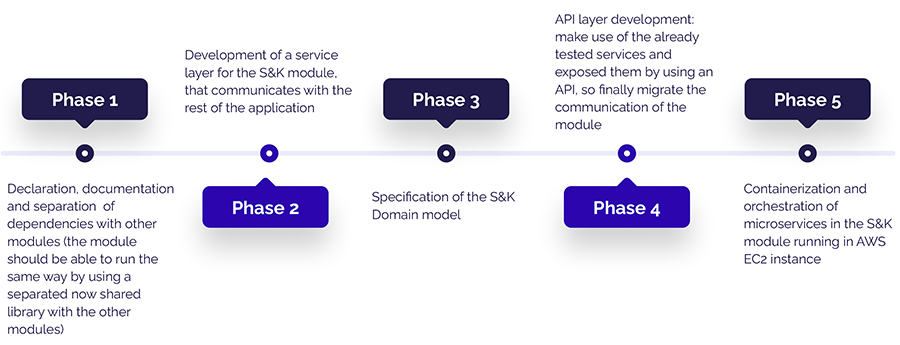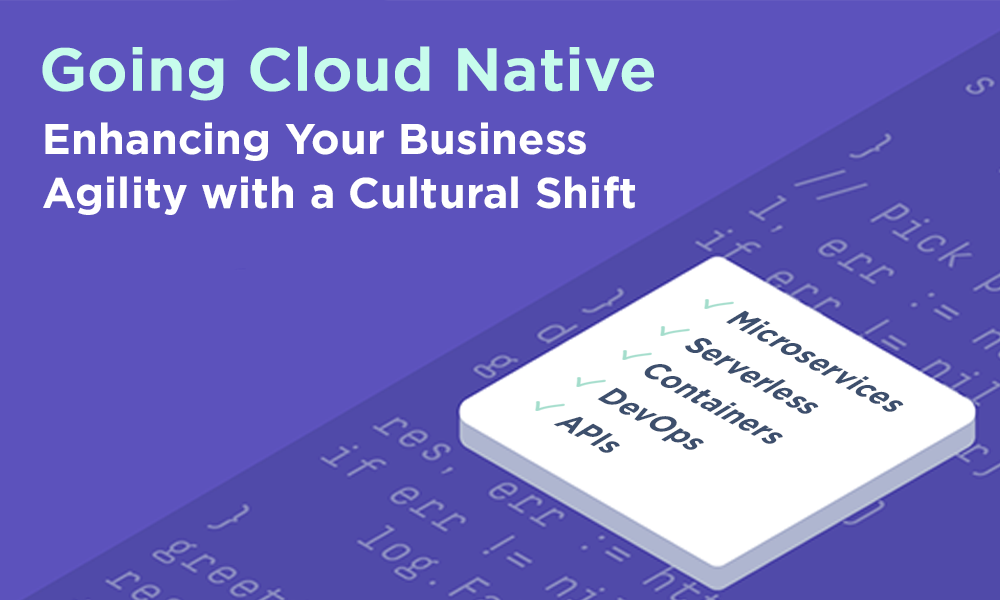Unpacking ‘cloud-native’ can be a tricky task. For newcomers, the concept may invite some confusion as to its applicability to business strategy. You may have heard some refer to it as the adoption of microservice architecture – which utilize the resources of a cloud provider (like AWS or Azure) – that can withstand the growing demands of customers; for others cloud-native may be simply understood as an ideology of sorts. Neither are far off, though they arguably do not capture the entire picture.
As a guiding approach to software development and, more broadly, cloud computing, going cloud-native can empower your organization to excel in a market defined by the need for speed and agility. Given that 46% of businesses’ cloud-based applications were built for the Cloud – with 91% of organizations reporting revenue growth following the use of over ten cloud or online-based tools – it is becoming overwhelmingly clear that organizations that fail to undergo a cultural shift will be left behind. With that in mind, this article will explore some of the finer details of cloud-native thinking and how a cultural shift underpinned by the concept could transform your business operations.

What is Cloud-Native?
Cloud-native computing may be summarized as a disruptive approach that seeks to take advantage of the most attractive elements of the Cloud: scalability, speed, elasticity and, particularly in these times, resiliency.
This is all underpinned by an architectural style that is responsive to market changes and evolving customer demands, utilizing the most up-to-date tools, technologies and architecture available:
• Microservices
• Serverless
• Containers
• DevOps
• APIs
According to the Cloud Native Computing Foundation, cloud-native technologies are designed to “empower organizations to build and run scalable applications in modern, dynamic environments such as public, private, and hybrid clouds.” However, cloud-native concerns more than just running things on the Cloud – it involves a rethink in how we design applications and systems, while also getting the most out of the Cloud and modern architecture to deliver the maximum business impact.
For the purposes of this article, we will be focusing mainly on the role of microservices and containers in the context of enhancing business operations with cloud-native thinking. Indeed, one may argue that to understand the benefits of a cloud-native approach, the effect of distributed systems and containerization on the landscape of cloud computing must be explored.
Microservices, Containers and AWS
According to market intelligence provider, IDC, by 2021 it is expected that 80% of application development will utilize microservices, and that 95% of this microservice architecture will be containerized. Therefore, it is clear that microservices and containers are playing an increasingly leading role in the digital transformation of organizations and their efforts to harness a competitive edge.
But why, you might ask, have both been singled out? Is it not possible to benefit from the architectural style of microservices without the added fuss of managing containers? Utilizing microservices on their own will certainly enhance your ability to construct modern applications, however, their use independent of containers might be considered akin to running with only one shoe.
Without containers, you’ll still be able to take advantage of the positive characteristics of microservices – agile development, independent scalability, and continuous delivery, to name a few – but at the cost of the portability and lightweight nature of containers compared to virtual machines. However, though microservices and containers enjoy a symbiotic relationship, the combination of the two can be difficult to manage without the appropriate tools and technologies. Given that 80% of all ‘cloud-hosted containers’ currently run on AWS’ cloud service, it would appear to be an ideal place to start.

As may be observed, AWS offers a broad range of container services, compatible with an array of technologies like Kubernetes and Docker, which may enhance your organization’s ability to build and deliver containerized applications. However, considering the global talent shortage, the initial process of embracing microservice architecture and containers can be complicated without the right expertise behind you.
Building a Cloud-Native Culture
In seeking to utilize the benefits of the Cloud in a cost-effective manner, as quickly as possible, some organizations may opt for the ‘lift-and-shift’ approach. However, the speed of such an approach is not necessarily always conducive to an effective migration of legacy applications and systems. This may be best illustrated by Netflix’s experience with cloud migration, as described by Yury Izrailevsky, Vice President of Cloud and Platform Engineering at the organization:
“Arguably, the easiest way to move to the Cloud is to forklift all of the systems, unchanged, out of the data center and drop them in AWS. But in doing so, you end up moving all the problems and limitations of the data center along with it.”
This has been reflected by an IDG survey, which found that 27% of businesses are considering, or already have, repatriating their applications and workload back on-premises from the Cloud. However, it should also be noted that such repatriation is more indicative of the difficulty for organizations in identifying which legacy applications are suitable for migration, rather than the effectiveness of cloud migration solutions as a whole.
Though not every organization may benefit from – or have the same driving motivations for – a cloud-native approach in the exact way that Netflix has, IDC’s aforementioned research suggests that cloud-native thinking is becoming increasingly associated with successful business strategizing. Here at VUSE, we champion cloud-native application development and modernization, as part of our strategy to enhance your business agility and ensure unrivaled experiences for your customers.
If, after all this, you are still wondering about how cloud-native thinking can help your organization get ahead of the competition, one of our prior client case studies may demonstrate the clear benefits of utilizing containerized microservices (within the context of AWS). For instance, take the solution we provided for a global science and technology company. Faced with a monolithic application, we helped break up the application, implementing a separation of modules into microservices as part of the organization’s planned migration to AWS. This procedure alone had a significant effect on the company’s business operations, cutting the time taken to provision testing environments in addition to reducing operational IT costs by 30%.

Cloud-native systems and applications have undeniably clear benefits in relation to agility and scalability, however, one must also be mindful of the added complexity in managing potentially multiple platforms, in addition to any roadblocks, like talent shortages, that may hamper such a significant cultural shift. This is, of course, where VUSE (and our pool of experts) can effectively assist, ensuring a smooth transition that is suited to your ambitions and goals.
Ready to embrace cloud-native? Contact us today to find out more about how VUSE can digitally transform your business operations!


